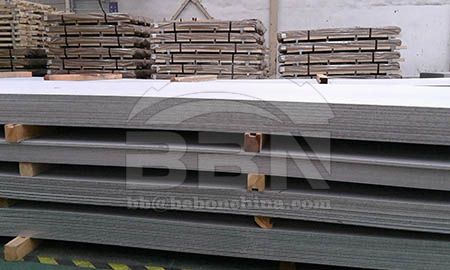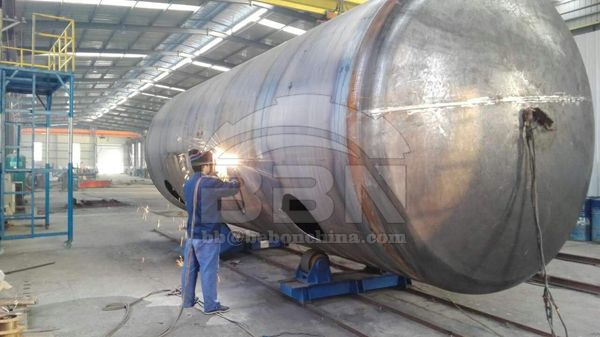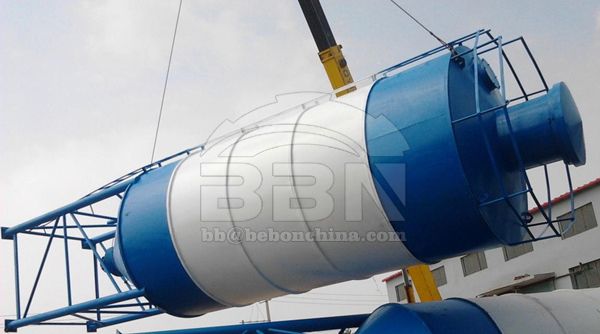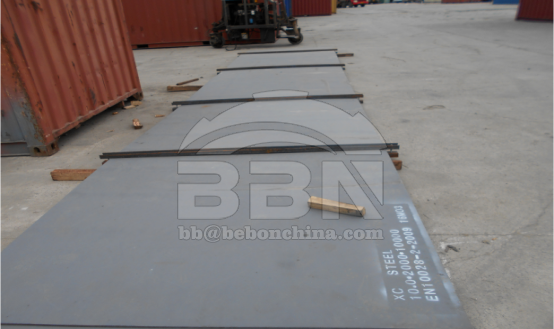
Stainless steel plates 304 and SUS 430 2B are common stainless steel materials with different chemical compositions and characteristics.
304 stainless steel plate:
Chemical composition: mainly composed of 18% chromium and 8% nickel, with high levels of nickel and chromium.
Characteristics: It has good corrosion resistance, oxidation resistance, and toughness, suitable for various environments such as food processing, chemical equipment, etc.
Surface treatment: Different surface treatments can usually be provided, such as 2B (cold rolling gloss) or BA (mirror finish), to meet different needs.
SUS 430 2B stainless steel plate:
Chemical composition: mainly composed of chromium, with small amounts of iron and carbon added.
Characteristics: Cheaper than 304 stainless steel, with poor corrosion resistance and oxidation resistance, suitable for general use such as household utensils.
Surface treatment: 2B represents cold rolling bright surface treatment, which has a smooth and high brightness appearance.
Difference:
Corrosion resistance: 304 stainless steel has better corrosion resistance in various environments, especially for acid and salt media.
Price: SUS 430 is relatively cheaper and suitable for low-cost applications, while 304 is more expensive.
Application: stainless steel plate 304 is commonly used in high-end industries such as food processing and chemical engineering; SUS 430 is commonly used for products with general requirements, such as household appliances and building decorations.
Choosing the appropriate stainless steel material based on specific needs and budget is crucial to ensure optimal performance and economic benefits in specific application scenarios.
Just like you, 70% customers choose long-term cooperation with BBN steel not only for our good product and service quality, good reputation in the international market, but also for our experienced one-stop raw material supply and further steel processing!








Henan BEBON Iron&Steel co.,ltd.